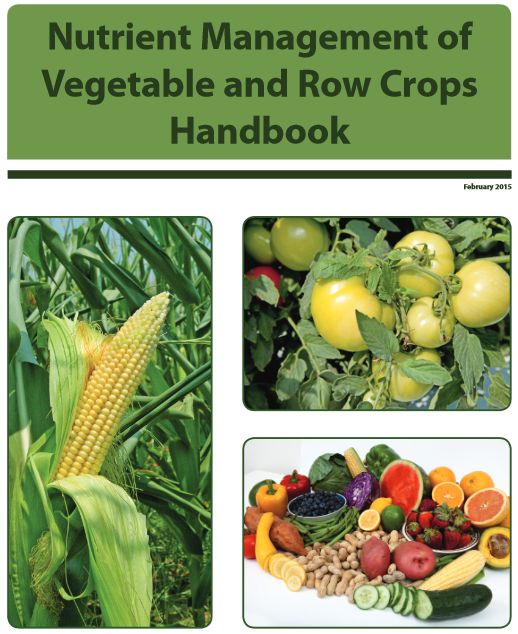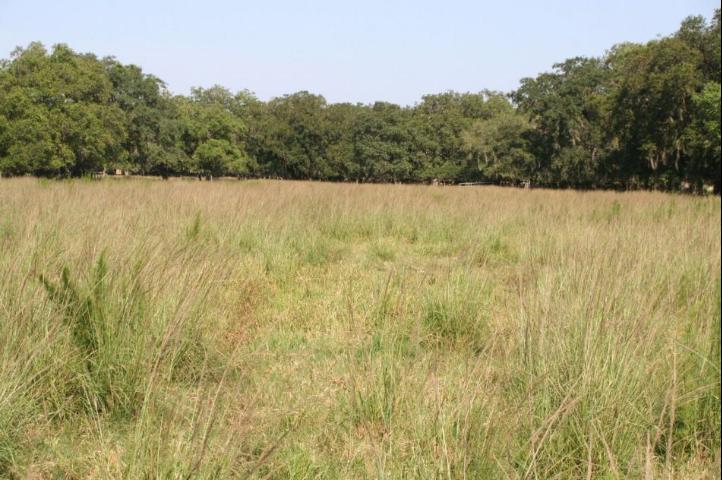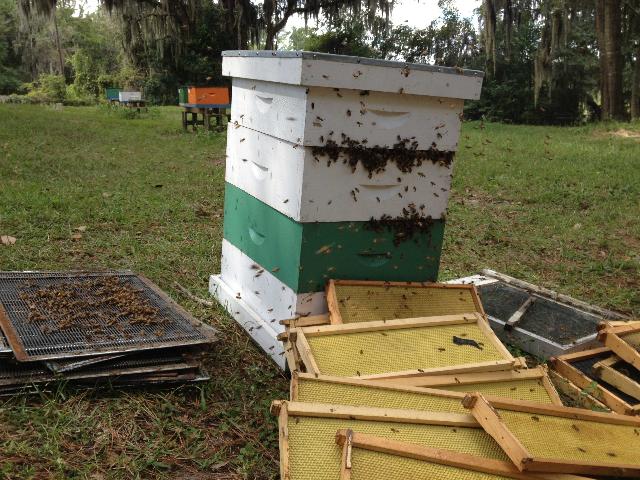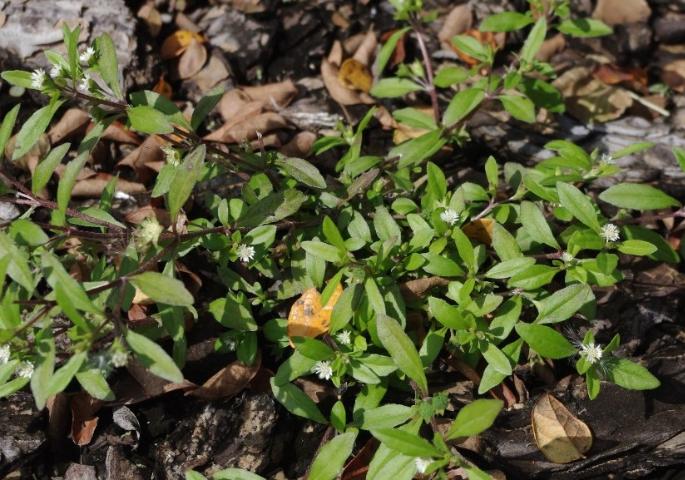 The University of Florida IFAS Extension offers a database of fact sheets available for free download on the Internet called EDIS (Electronic Data Information Source) that has many publications of interest to farmers and ranchers in Northwest Florida. Each fact sheet has a PDF or printer friendly link in the top left corner. The following are just a few of the new fact sheets that were recently added to the collection pertaining to commercial agriculture production. http://edis.ifas.ufl.edu
The University of Florida IFAS Extension offers a database of fact sheets available for free download on the Internet called EDIS (Electronic Data Information Source) that has many publications of interest to farmers and ranchers in Northwest Florida. Each fact sheet has a PDF or printer friendly link in the top left corner. The following are just a few of the new fact sheets that were recently added to the collection pertaining to commercial agriculture production. http://edis.ifas.ufl.edu
 Nutrient Management of Vegetable and Agronomic Row Crops Handbook
Nutrient Management of Vegetable and Agronomic Row Crops Handbook
Through the implementation of a series of targeted cultural practices discussed in this production guide, growers should be able to reconcile economic profitability and responsible use of water and fertilizer. Topics include: proper sampling practices and test interpretations; irrigation management methods and automation; use of alternate fertilizer materials to retain nutrients in the soil but allow adequate supply for crop uptake. Use of these BMPs ensures that adequate fertilizer rates may be achieved by combinations of UF/IFAS recommended base rates and supplemental fertilizer applications. This 199-page handbook was edited by Kelly T. Morgan, and published by the UF Department of Soil and Water Science, February 2015.
http://edis.ifas.ufl.edu/pdffiles/ss/ss63900.pdf

Smutgrass infestations are common in bahiagrass pastures throughout Florida. Credit: B. Sellers, UF/IFAS
Smutgrass Control in Perennial Grass Pastures
Smutgrass is a serious weed of improved perennial grass pastures, roadsides, natural areas, and waste areas in Florida. A 2003 survey found that smutgrass was second only to tropical soda apple as the most problematic weed species in Florida pastures, but now that practices to control tropical soda apple have been widely adopted in Florida, smutgrass is likely the most problematic weed species in Florida pastures today. This 4-page fact sheet was written by Brent Sellers, J. A. Ferrell, and N. Rana, and published by the UF Department of Agronomy, January 2015.
http://edis.ifas.ufl.edu/aa261

Bees robbing supers of honey and other equipment after a honey harvest. Notice the unusually high number of bees attempting to enter the colony at the joints between the supers. Credit: Ashley Mortensen, UF/HBREL
Robbing Behavior in Honey Bees
Western honey bee workers can invade and steal honey/nectar from other colonies or sugar/corn syrup from feeders used to deliver syrup to other colonies. This is called “robbing” behavior. Robbing behavior typically involves the collection of nectar and honey, but not pollen or brood. Some beekeepers report that robbing bees may steal wax or propolis from other hives, but there is not much data available on this occurrence. Robbing behavior can escalate quickly from just a few bees robbing other colonies to a massive frenzy of bees robbing many colonies in an apiary. This 3-page fact sheet was written by Ryan Willingham, Jeanette Klopchin, and James Ellis, and published by the UF Department of Entomology and Nematology, February 2015.
http://edis.ifas.ufl.edu/in1064

Eclipta weed growth in a mulched landscape bed. Note the purplish stems, lanceolate leaves, and prostrate growth habit. Credit: Annette Chandler, UF/IFAS
Biology and Management of Eclipta in Ornamental Crop Production
Eclipta grows aggressively in containers and can outcompete nursery crops for water, nutrients, and light. Plants flower in as little as five weeks after germination and produce thousands of seeds over the course of a growing season, and stem fragments left on the soil or media surface following hand-weeding or cultivation can root and reproduce vegetatively. This 4-page fact sheet describes the plant, its biology, and recommendations for physical, cultural, and chemical control. Written by Chris Marble, Shawn Steed, and Nathan S. Boyd, and published by the UF Department of Environmental Horticulture, January 2015.
http://edis.ifas.ufl.edu/ep512
- Northwest Florida Beef Cattle Conference & Trade Show – February 11 - December 19, 2025
- Friday Feature:The Sears Catalog –How Rural America Shopped before the Internet - December 19, 2025
- November 2025 Weather Summary & Winter Outlook - December 5, 2025
